When I asked Juš Milčinski during on of our Ohana meetings to write this article, it was a bit of a joke from the beginning. Why? Because the premise was, that he will write it, but I have to keep reminding him to do so. So I kept bothering him, and kept waiting. And I received the text – a year later. But the incongruity here is, that then he waited another year for me to publish it. Here it is. Enjoy:
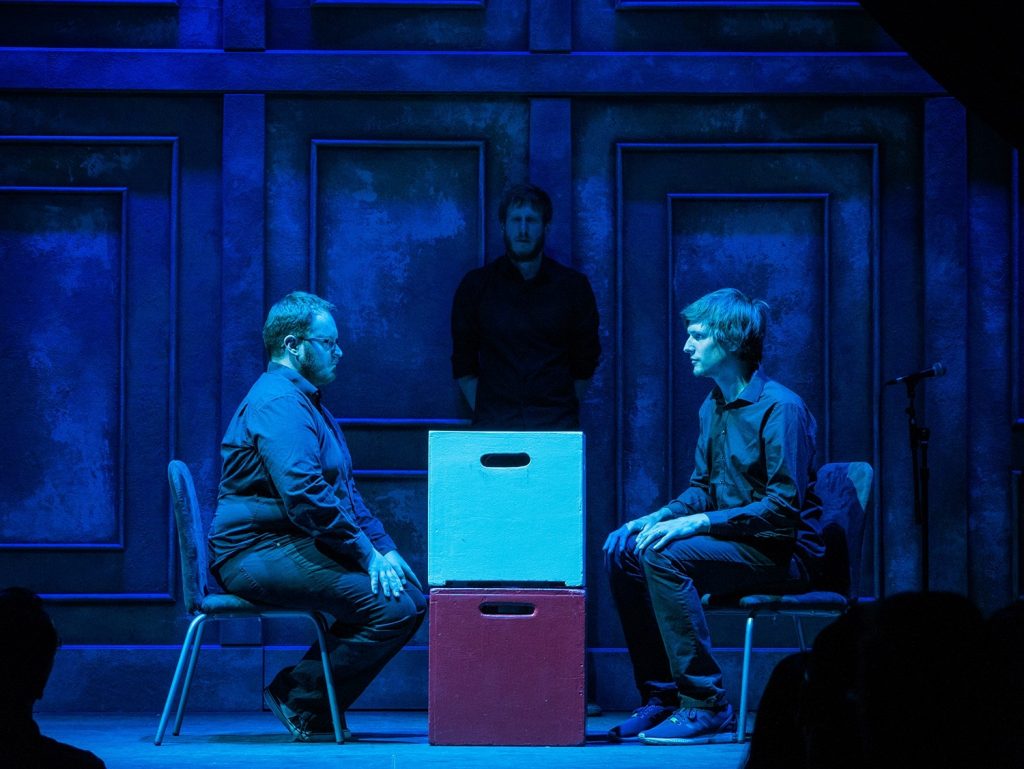
Humor is a subject we claim we know, but in reality we have a very vague understanding of it. Sure, we are more or less able to recognize it (except for your 3rd grade teachers – nothing is funny to them), but we have no coherent theory to explain what humor’s function actually is. This article won’t be any different – everything I’m exploring in it is uncertain, so if I ever say “that’s a fact” … well, it’s not.
The definition of humor we’ll be researching is this: “Humor is the tendency of some cognitive experiences to provoke laughter and provide amusement.” With this definition, one would say it is a unicum of the highly developed cognitive processes of the human brain and that’s partially true. It is a skill of highly intelligent species, like humans, dolphins, rats, monkeys, but with the latter ones (so minus human) it boils down mostly to simple humor skills and tickling. Bonus fact (remember the thing about the “facts”): hyenas don’t laugh. The sound they make is actually a sound of conflict. Disney has been lying to us all this time!
Ok, back to the huhu – humans and humor. Humor doesn’t have a clear function in our society, psychology or physiology (like the lungs – we have them, so we can breathe, simple). Neurologists can’t even find the part of our brain that is responsible for humor – CT scans have been done with people laughing, but there was no way to pin-point one region of the brain, that would light up every time with every one. So with the lack of hard laboratory facts, numerous logical theories have been developed to try to explain what the heck humor is for.
The Darwinists will tell you it’s an evolutionary leftover. It works on the instinct level, it’s embedded in our genes and its result – laughter – developed from the spasmodic breathing of our primate ancestors. Giggling was and is great for human health – it controls our stress levels, it lowers our pain threshold, helps our immune system with the levels of antibodies, it stimulates the brain, it functions as an adapting and coping mechanism … no wonder early humans that had humor were able to survive the savannas and pass their humor-filled genes to next generations.
The problem with the theory is that it doesn’t even start to explain how humor works. It’s just there people, deal with it! Lucky for us many psychologists went down the road of explanation. The Freudians will tell you that a joke is produced when our superego (our morality) allows our ego (our reality) to find satisfaction for our id (our instincts, wants).
The superiority theory will state that humor is nothing more than a status-ensuring mechanism – it developed, so people can raise their statuses by telling jokes about other people.
Dr. Peter McGraw is developing a theory called “The benign violation theory”. The gist of it is that humor happens when we see a situation that: a) is a moral violation (for example fighting), b) has harmless elements (for example pillows) and c) both elements are present simultaneously (for example pillow fights – that’s fun for a fact!) – hilarity ensues.
The last one I’ll touch is the most interesting one for people who work in comedy (comedy is generally viewed as a synonym for humor reduced to the field of art). It’s called the incongruity theory, incongruous meaning: not in harmony or keeping with the surroundings or other aspects of something.
Simply put, we start to laugh, because our brains are rattled by the non-harmonious relationship of two facts. The formula for this would be: fact 1 “the premise” + fact 2 “incongruity” = gag.
The premise is sort of a platform that the listeners of the joke need to know about (that’s why humor can be so subjective – if you don’t understand the premise, you won’t be able to get the joke). It’s not the funny part of the joke, its just reality. It can be a skewed reality, but still it needs to be something real that the listeners understand. With it, we lead the audience down a normal path – somewhat a road of a story and then…
Surprise – incongruity! It’s a fact that is somehow connected to the premise (even if the humor is totally absurd), but is nonsense in a story-telling environment.
Here’s an example joke by a comedian and (ex?) improviser (because it is an improv article) Tina Fey: “I never dreamed I would receive the Mark Twain Prize for American Humor, mostly because my style is so typically Austrian.”
The first part of the sentence is our premise – she’s giving a speech for the prize she received and we’ve seen plenty of speeches that go down the road of “I never dreamed about getting this, because I was living a simple life” or whatever – classic “thanks to everyone + god” clichés.
But then – surprise! The second part of the sentence takes us somewhere, we didn’t expect it to take us. Because we didn’t foresee the “Austrian style”, we laugh. And the incongruity is still connected to the premise: American-Austrian.
So, humor by this theory is a sort of a surprise, but a surprise that scrambles our brains with some nonsense (as not all surprises make us laugh). It makes sense – two facts are not connected, but still somehow are … aaaa … mind blown! The only tiny problem with this theory is that neuroscientists can’t explain, why this would make us laugh at all. But let’s forget about that for this article – if scientists can’t figure it out, what chance do we have?
What is more important with this theory is, that it explains why improvisational theatre is such a great playground for humor. It’s been linked to comedy from the very beginnings and as much as we strive to not be labeled comedy theatre per se, I haven’t seen many improv shows where comedy wasn’t the main instrument of communication with the audience. Yes, I’ve cried. Yes, I’ve been horrified. I’ve seen shows that tried to be true to some very serious genres (so not parodying them at all) and still, most of each show was… funny.
The element of surprise has a lot to do with this! When we tell a joke, the audience doesn’t know how the joke will end. With improv and its beautiful spontaneity we take it a step further – not only does the audience not know what we’re going to say, sometimes the actors don’t know either. The more the actor is in the moment and just reacts, the more his or her reaction will be a surprise for everyone in the theatre – of stage and on it! And, yes – not every reaction is funny, a lot of them have other functions (basic story-telling, movement on the stage and stuff), but our brains are a wonderful machine – whenever we’re in real spontaneity-mode, our mind wonders out of the box and in to the realm of incongruity. And that’s where humor happens.
And the other element working for us is the premise – you see the more the premise is ordinary, the better the incongruity can work. We laugh harder, when we’re not expecting to laugh. Just think about how many times you’ve been in a place, where you absolutely shouldn’t laugh (funeral, church, that theatre play your kid’s been working on for the whole year, but it goes to shits at the premiere), but you just can’t help it. Or when your great-grandma made a joke and you would never laugh, if you saw the same joke on paper. But you don’t expect older people to be so aware and when they tell gags, you crackle. It’s similar in improv theatre – we don’t expect to laugh all the time. Sure, parts of the audience come to the show for laughter, but a lot them come for the stories, characters and relationships. They’re not there to laugh by default, they can’t expect improvisers to be funny all the time (most of them are astound we can do anything without a script at all), and so moments of genius impulses bring even more hilarity to the situation.
In conclusion – as improvisational theatre is becoming more and more diverse and rich in the genre department, its witty nature will probably stick with it through various styles. If we truly let ourselves be in the moment, we will continue to surprise ourselves and that’s where humor thrives. And that’s a fact!
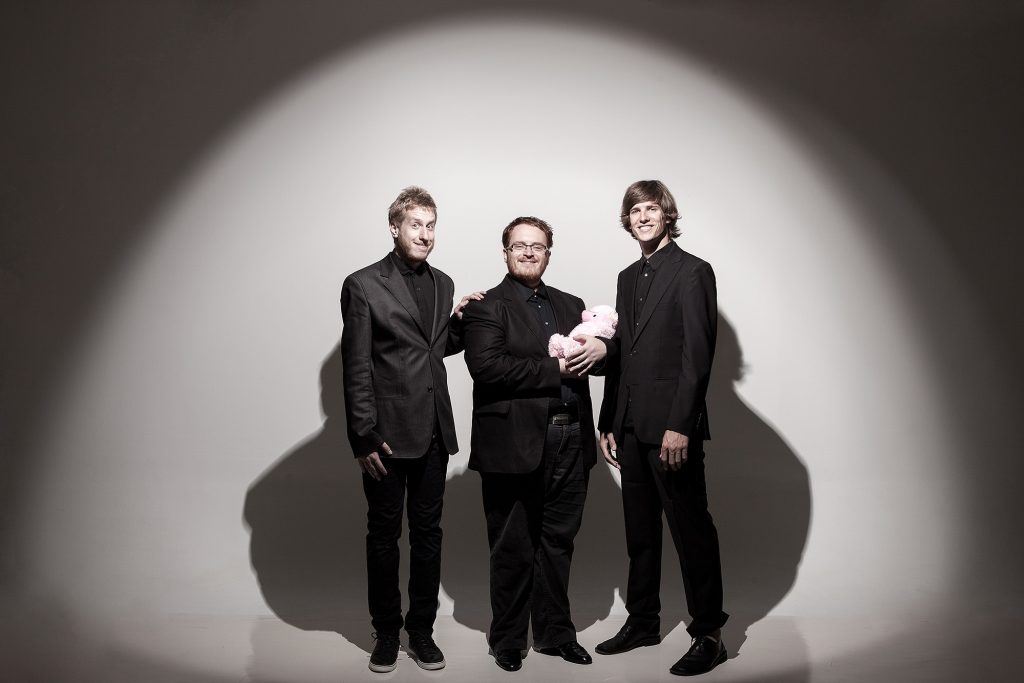
Juš Milčinski has been performing in the art of improvisational theatre since 1999, first as a member of the Slovenian high school improvisational league and later as a member of different impro troupes in the adult Slovenian improvisational league, playing mostly shortform theatre. In 2003 he joined the Improklub project, adding longform impro to his resume and later performing in numerous longform shows with different theatres. He is a co-founder and member of IGLU – Improvisational Theater of Ljubljana, where he regularly performs and teaches since 2013. He is also the executive producer of the Naked Stage, international festival of improvisational theatre in Ljubljana, the coordinator of BIF program at the Berlin IMPRO festival and the executive producer of Improvizija, an improvsed song contest inspired by Eurosong. He loves American football, modern dance and Beirut (the band).
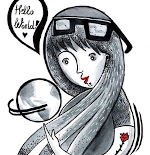
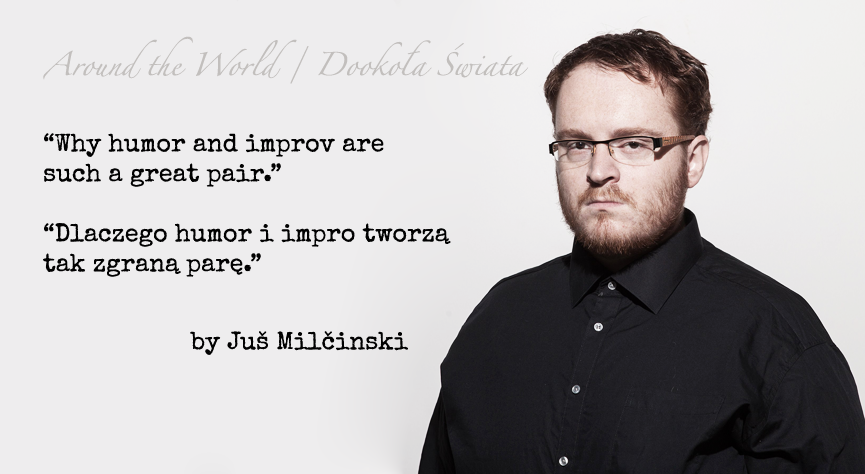
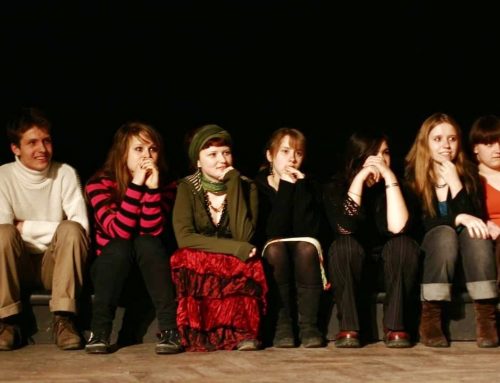
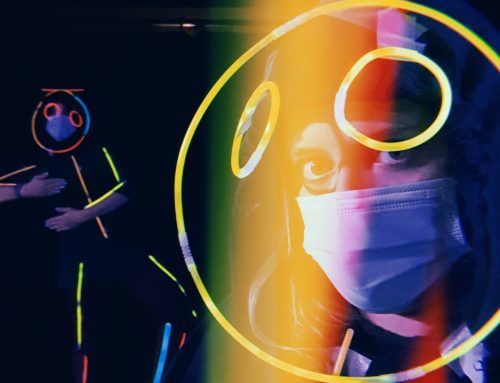
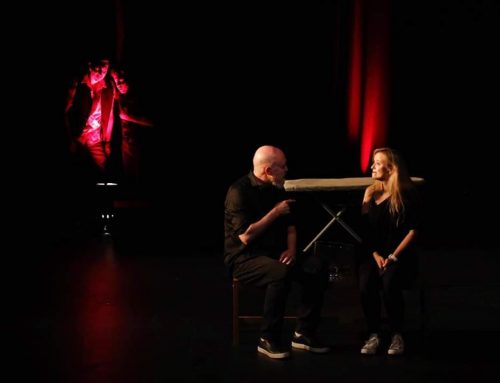
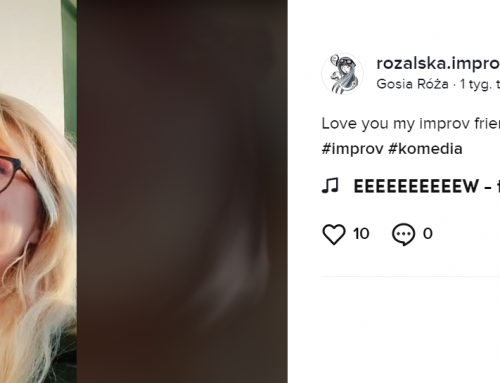
Leave A Comment